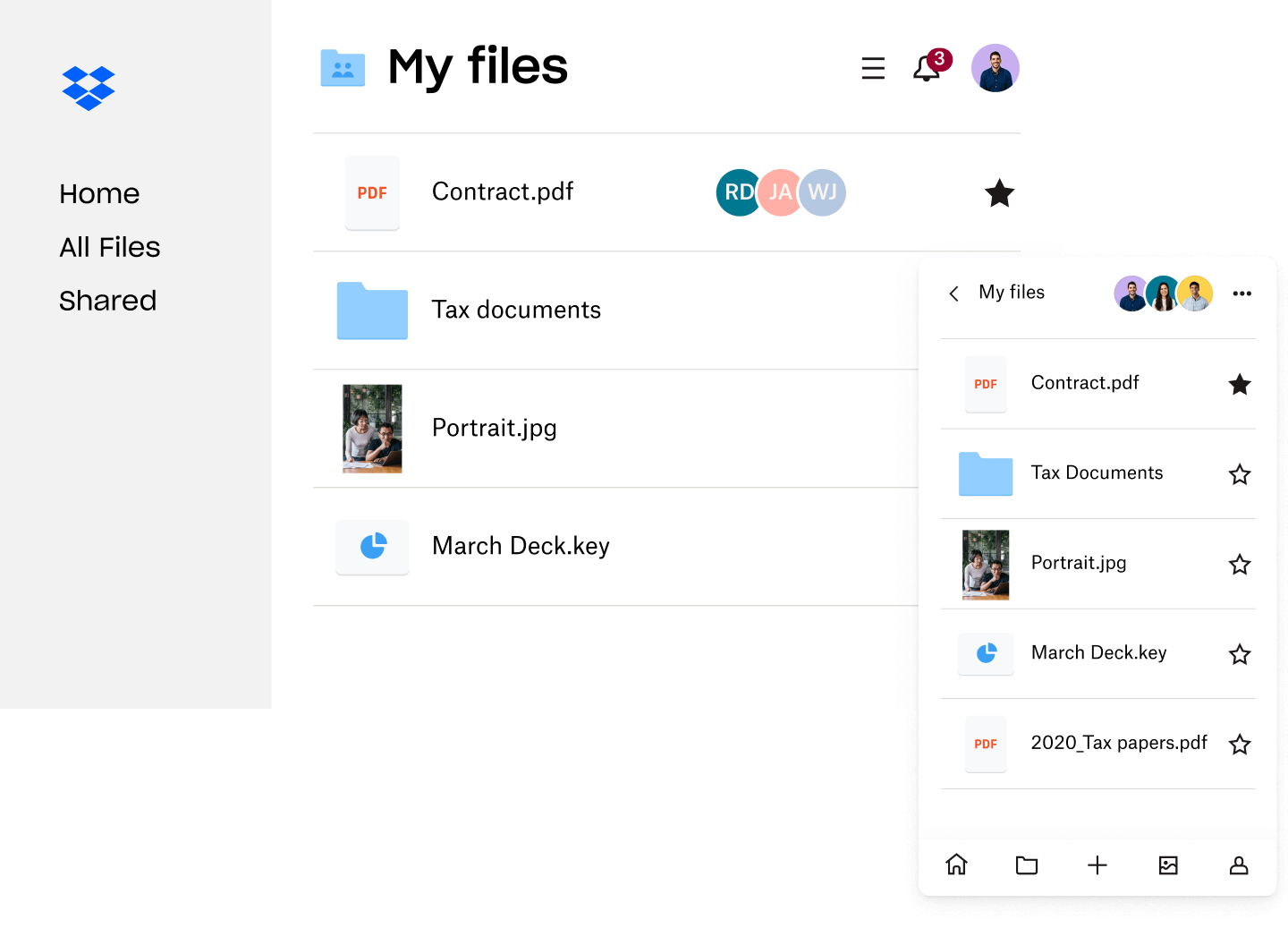

VMware’s Linked Clones feature allows VMs to act more like containers, which was important to Dropbox as their VMs only live for minutes or hours. “We run VMs using the hosts’ SSDs, and we use linked clones to get the templates off of the data stores,” said Ruan. They used shared data stores to share VM templates across the hosts. For example, if they wanted to limit iOS workloads to a specific set of Mac hosts. The Dropbox team used the clusters to isolate work and control how many resources each workload could use. There’s also the fact that we support multiple OS versions, so we have to run end-to-end tests on multiple OS X versions.”ĭropbox was running a single VMware vCenter with hundreds of Mac hosts, organized into multiple clusters. The more features you have, the more tests you have. And then there’s the number of features and tests. The more engineers you have, the more builds you run. A few factors contributed to Dropbox’s scalability issues, said Paul Ruan, a software engineer at Dropbox: “One is the number of engineers we have.
#Drobox for mac for mac
This means reliable, scalable infrastructure for Mac and iOS app development is critical to the company’s success.Īlthough Dropbox’s Mac continuous integration (CI) operations ran well on an in-house VMware build cluster, the team eventually ran into problems as the size and scale of their development needs grew. Dropbox runs natively on Mac products like iPhones and MacBooks.


 0 kommentar(er)
0 kommentar(er)
